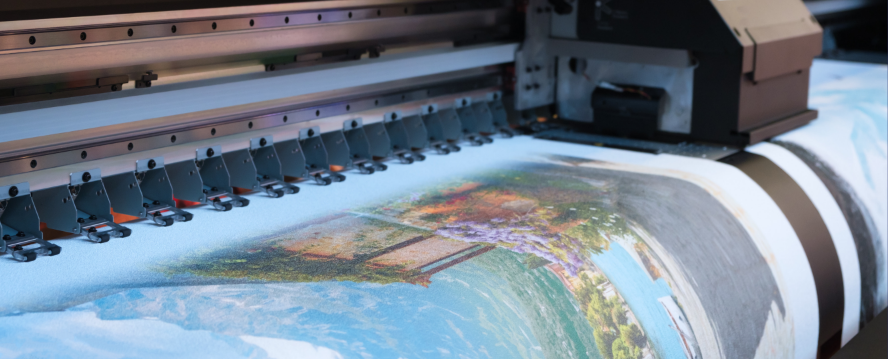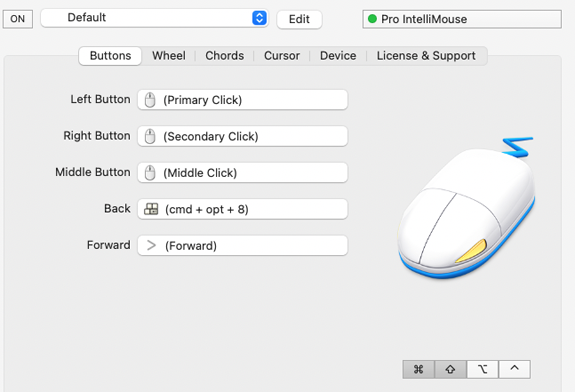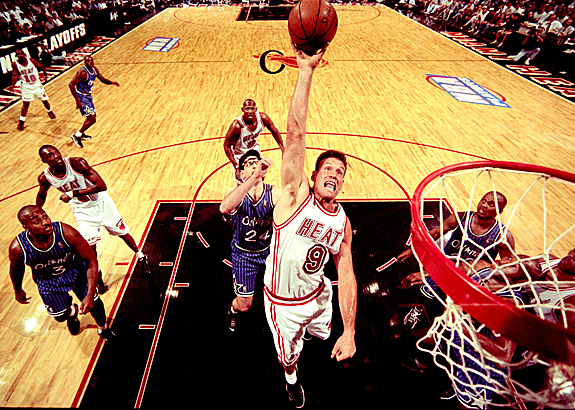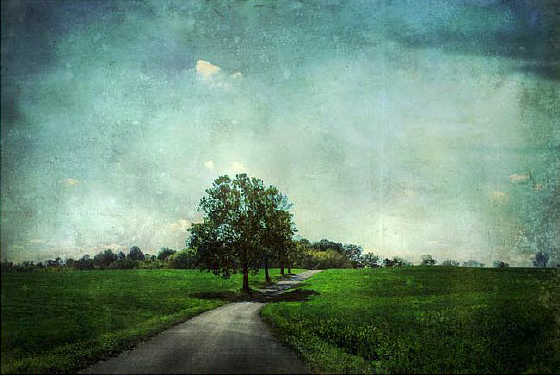
Red River Paper Blog
Photography
Best Places to Take Pictures in El Paso: From Historical Buildings to Nature
Stuck at the extreme western point of the state of Texas, El Paso is too often forgotten as a photo destination. Yet it offers an amazing nexus of Hisopanic culture, Old West history, varied architecture, and mdern convenience....read more
Success on Paper - Jeffrey Stoner, Photographer
Once a business executive, with a lifelong passion for photography, Jeffrey Stoner now applies his work ethic to capturing beautiful photographs of steam locomotives and mountain goats...read more
Success on Paper - Lynn Goldsmith Rocks the Photography World
From Elton John to Miley Cyrus, Lynn Goldsmith has built a reputation as a photographer to the rock stars. “I don’t take pictures, I make them”...read more
Shooting Environmental Portraits: Back to Basics
An environmental portrait ties your subjects to their occupations or interests while focusing on direct eye contact that mirrors the soul of the subject and defines them in a unique visual context...read more
Russell Lee: New Mexico Homesteaders in Pie Town
Russell Lee photo documented Homesteaders in Pie Town. Documenting adversity, he also relished shooting the good times that hard times spawn, showing the indomitable American spirit...read more
Revealed! The Secret Life of Your Inkjet Printer
To get the most out of your inkjet printer it helps to understand exactly how your printer technology, ink, and paper work together to capture the right settings for the perfect image....read more
Never miss a post again and get exclusive savings offers. Signup to Red River Paper's Newsletter!
Tricks, Hacks, Super Apps and More
Summer is upon us once again and here are some tips and product snippets to help you get back into the swing of things. Let's talk mice, monitors, ink, light, calibration and more....read more
Bill Frakes’ Nebraska: Wide Open Spaces, Classic Faces
Bill Frakes, with a passion for place and a relationship to nature developed over a lifetime, documents a photographic essay to create the Nebraska Project adding to it regularly...read more
ProTalk: David Bergman On Using Remote Cameras
David Bergman says Photographically, it would be easy to fall into a rut and make similar images at every show. To combat this, I challenge myself to come up with new ways to shoot...read more
Thoughts on Wilderness and Repentance. Part 2
Andrew Slaton's friend Mike taught him a sensible western knowledge, while Andrew found an attitude of ownership over places much like like a drug addict chasing that initial bliss...read more
Thoughts on Wilderness and Repentance. Part 1
Over many years Andrew Staton, struck by the beauty of nature, has always felt a powerful ally at his side that has kept a watchful eye over him when needed during his National Parks Odyssey...read more
ProTalk: Chris Crisman’s ‘Women’s Work’ Project
Cris Chisman says whether shooting on location or in the studio, the process should be an adventure of exploration portraying every subject with grace, strength and dignity...read more
Never miss a post again and get exclusive savings offers. Signup to Red River Paper's Newsletter!
Boxing Images Are Challenging By Richard E. Baker
Richard E. Baker, professional boxing photographer for 40+ years says if you can handle the violence, he recommends it to stretch your photographic skills. Get pointers...read more
Shoot Snow Scenes For Gorgeous Images
Arthur H. Bleich— Violent winter snow storms are really an invitation for you to shoot some outstanding images. You need to get your camera and yourself outside...read more
Sergei Prokudin-Gorskii: True Color 100 Years Ago
By Albert Chi— Over 100 years ago, Russian photographer Sergei Prokudin-Gorskii’s found the Holy Grail of color photography. Prokudin-Gorki celebrated this moment by seeking...read more
Some Great Posts of 2022 You May Have Missed
Movie Backdrop Art, citiscapes, photographing strangers around the globe, South Dakota, National Park travels, printing greeting cards and notecards for profit...read more
20 Fashion Test Polaroids Sell for $232,855 at Auction
When fashion model Ellen von Unwerth switched sides of the camera. She captured defining moments during the supermodel heyday of the 1990s and early 2000s for Vogue US, and Vogue Italia...read more
Steam Train Thrills in Durango, Colorado
By Ron Wolfe and Will Keener— There’s magic in the old steam trains that first connected America– magic that’s woven into the country’s history. And there’s nothing more thrilling...read more
Use Textures To Transform Your Photos Into Fine Art
By Nitsa Malik– Textures bring a layer of depth to your image introducing the illusion of dust, dirt, stains and creases to the photo and create a final grungy and dramatic appearance...read more
Photo History: Willi Ruge’s Fall to Fame
A 39-year-old German photographer, with 20 years experience in photography, carried with him a bulky camera and was probably the world’s first parachutist to document his own jump...read more
























